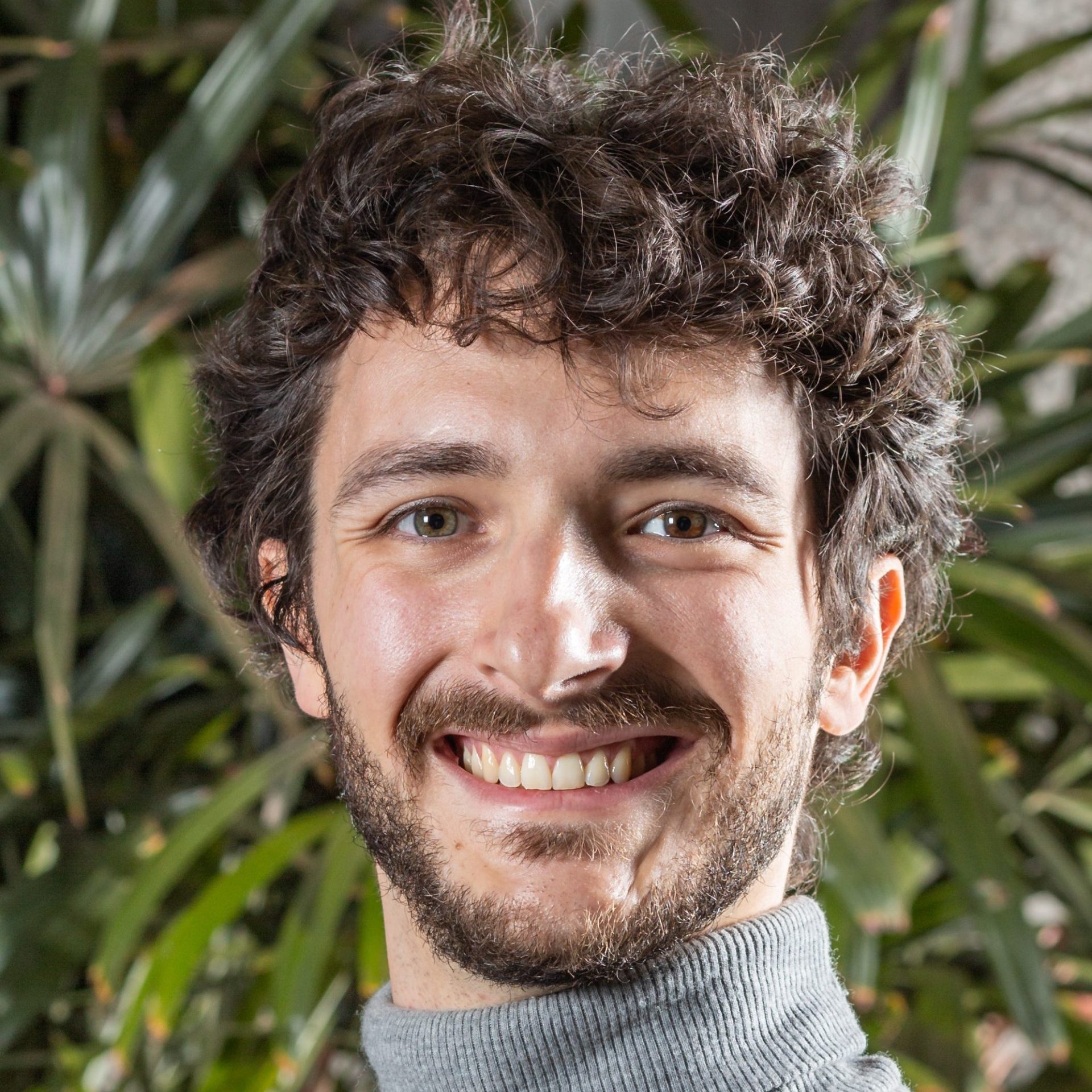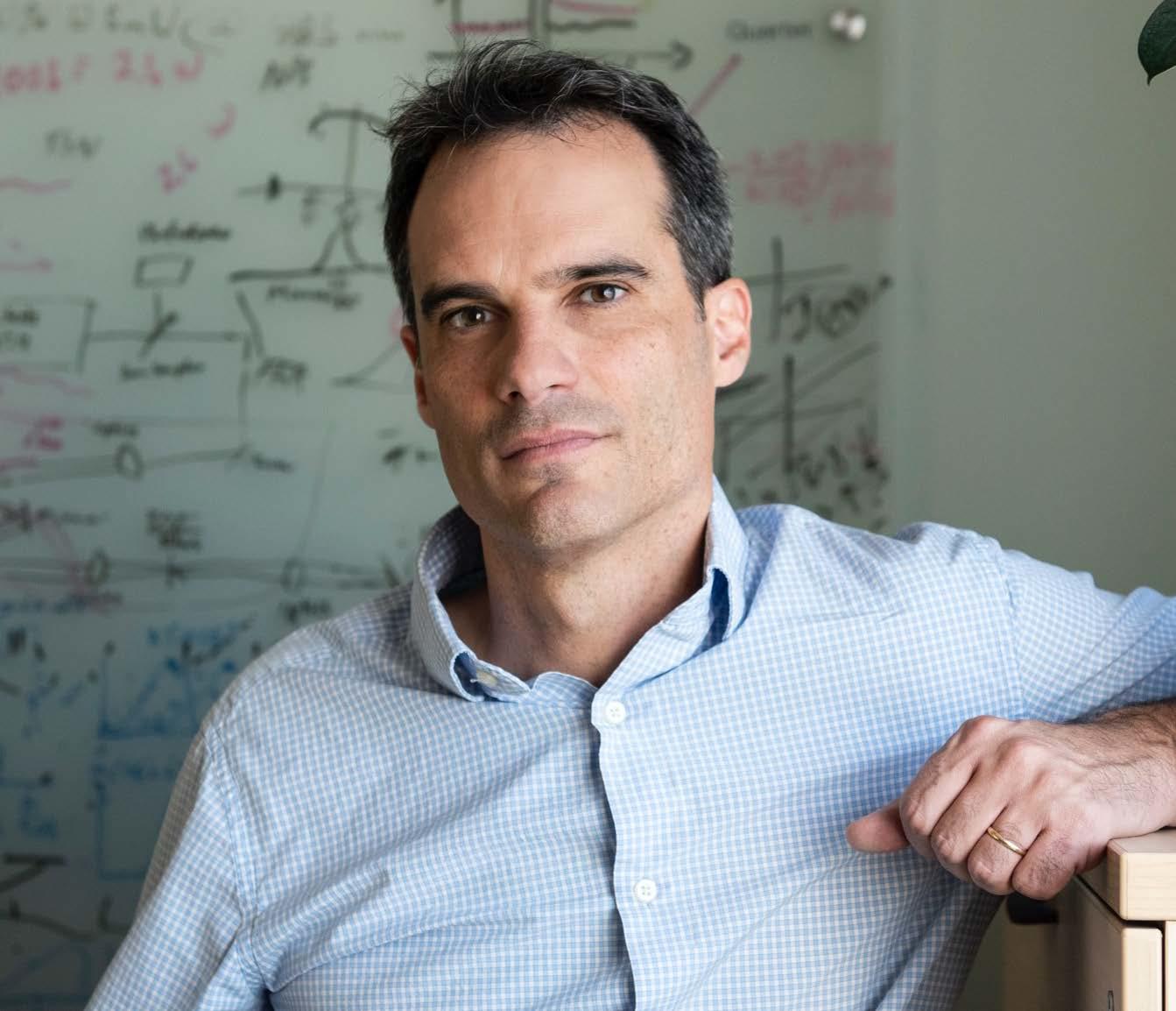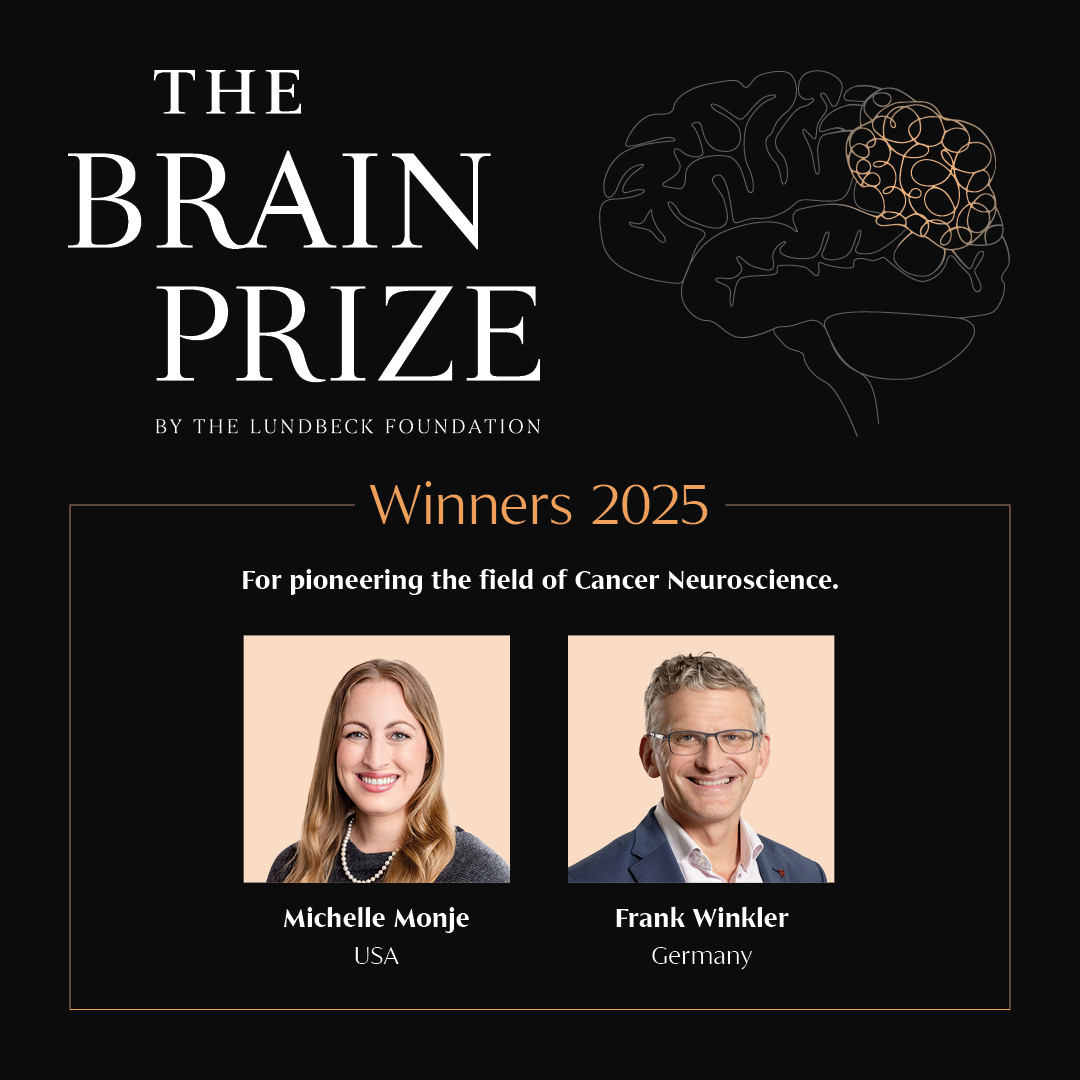It is with great sadness that we learned of the passing of Dr. Leo P. Renaud (1941-2025), distinguished Canadian neuroscientist and Past President of the Canadian Association for Neuroscience on 6th July, 2025. Leo had an iconic status in the field of Neuroendocrinology and indeed Canadian Neuroscience that was founded on his outstanding scientific contributions first at McGill University and later at the University of Ottawa ( https://can-acn.org/leo-renaud-honorary-member/). He trained several generations of scientists and clinicians during his lifetime and was an exemplary teacher, supervisor, colleague, role model and friend. His warmth, disarming sense of humour, and humanism made everyone who came in contact with him feel at ease and special. His loss is profound, but his legacy as a scientist and a model of humanity endure. Leo is survived by his wife, Lillian, and two daughters (Francine and Barbara) and we extend our deepest sympathies to them.
Charles Bourque & Jack Jhamandas











